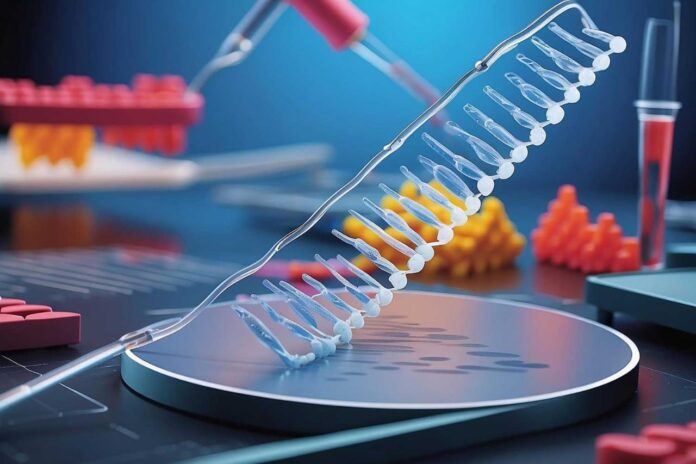CRISPR, a powerful DNA editing tool, has transformed many fields since its invention ten years ago. Researchers are now using it to improve human health by targeting diseases like cancer, blood disorders, and diabetes. To precisely correct defective genes, they inject patients with cells or components modified using CRISPR. CRISPR isn’t perfect, though. Unintentional alterations to DNA can occasionally result in the development of new health issues like cancer.
They precisely correct defective genes by injecting patients with cells or components modified using CRISPR. However, CRISPR could be better. Unintentional alterations to DNA can occasionally result in the development of new health issues like cancer.
Researchers require new instruments to comprehend how CRISPR modifies genes in the body. To investigate these modifications, researchers at the University of California, San Diego, have created a genetic system. This system helps track changes made by CRISPR and how they’re passed on to future generations.
The tool Integrated Classifier Pipeline (ICP) was created by Zhiqian Li, Ethan Bier, and their team. It shows the types of changes CRISPR makes and how they’re inherited, helping researchers understand the risks of using CRISPR.
Bier, a professor at the UC San Diego School of Biological Sciences, said, “The ICP system can cleanly establish whether a given individual insect has inherited specific genetic components of the CRISPR machinery from either their mothers or fathers since maternal versus paternal transmission results in totally different fingerprints.”
Thanks to the ICP, researchers can better understand how CRISPR functions in intricate biological contexts. Although it is studied on insects, it might also be useful for people. Li, the study’s principal author, suggests that gene therapy and cancer research may benefit from the application of ICP. It contributes to the security of emerging medical technology.
ICP is also helpful in tracking gene inheritance in gene drive systems. These systems spread CRISPR changes to stop diseases like malaria or protect crops from pests. For instance, researchers could use ICP to see if a mosquito inherited a specific gene from its mother or father and if it carries any defects that could affect its function.
Bier mentioned that the CRISPR system is usually over 90% accurate but can make mistakes over time. The ICP system can show these mistakes in detail.
Creating the Integrated Classifier Pipeline (ICP) is a big step in understanding CRISPR risks. This tool helps us see potential mistakes more clearly, making CRISPR safer and better for improving human health and farming.
Journal reference:
- Li, Z., You, L., Hermann, A., et al. Developmental progression of DNA double-strand break repair deciphered by a single-allele resolution mutation classifier. Nature Communications. DOI: 10.1038/s41467-024-46479-2.
